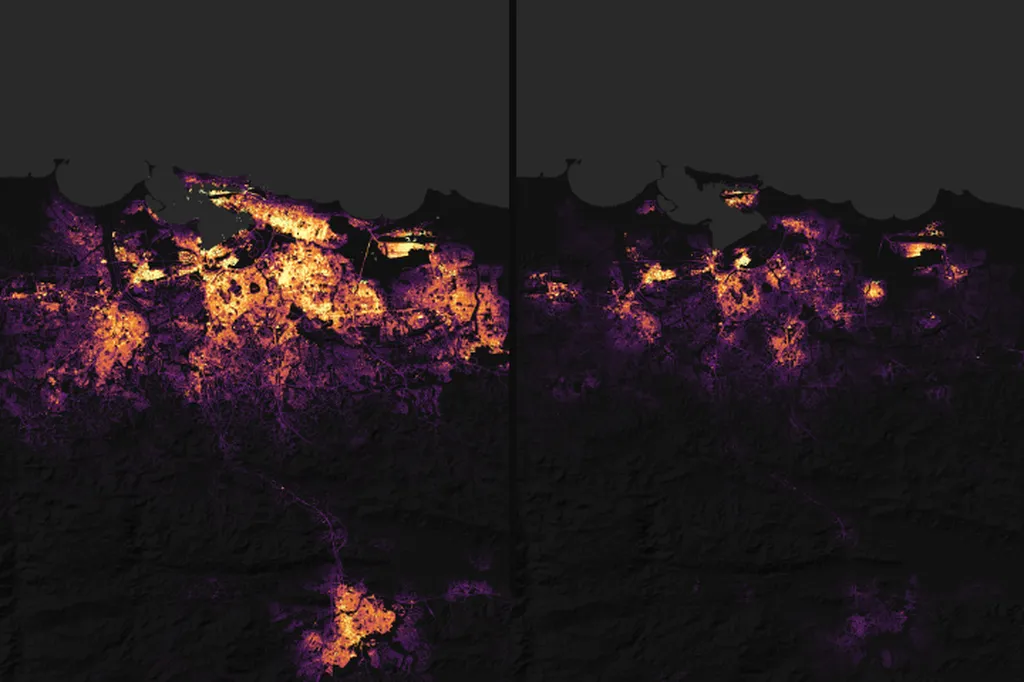In the wake of an earthquake, every second counts, and the efficiency of rescue operations can mean the difference between life and death. Yet, despite the critical role of post-earthquake rescue efforts in urban seismic resilience, the intricacies of building collapse patterns have often been overlooked in disaster policies. A groundbreaking study led by Yingying Wu from the Research Institute of Urbanization and Urban Safety at the University of Science and Technology Beijing aims to change that.
Wu and her team have developed a novel methodology to quantify seismic rescue difficulty in urban areas, focusing on building collapse patterns. Their approach integrates a hybrid simulation model that combines the multi-degree-of-freedom (MDOF) model with the Discrete Element Method (DEM) to simulate building cluster collapses. This innovative technique allows for a more accurate assessment of rescue challenges.
“The key to improving post-earthquake rescue efficiency lies in understanding the specific patterns of building collapses,” Wu explains. “By quantifying these patterns, we can better predict rescue difficulties and allocate resources more effectively.”
The study introduces a multi-dimensional analysis model that combines both qualitative and quantitative metrics to evaluate collapse patterns. This model was validated through case studies of the Wenchuan earthquake, demonstrating its reliability. Building on this, the researchers developed a rescue difficulty assessment model that incorporates the Survival Space Index (SSI) and the Rescue Route Complexity Index (RRCI) to quantify post-earthquake rescue challenges.
In a practical application, the team conducted a case study in Beijing’s Tongzhou District, categorizing collapsed buildings into four rescue difficulty levels. This categorization allowed for the development of tailored rescue strategies, highlighting the potential of the methodology to enhance urban disaster response capabilities.
The implications of this research extend beyond immediate rescue operations. By providing a clearer understanding of building collapse patterns and rescue difficulties, the methodology can inform urban planning and construction practices, ultimately contributing to the development of more seismic-resilient cities. For the energy sector, this research could influence the design and construction of critical infrastructure, ensuring that power plants, transmission lines, and other energy facilities are better equipped to withstand seismic events and facilitate quicker recovery.
As Wu notes, “Our goal is to integrate this methodology into urban disaster policies, ensuring that cities are better prepared for seismic events and that rescue operations are as efficient as possible.”
Published in the journal *Geomatics, Natural Hazards & Risk* (translated from Chinese as “Geospatial Information, Natural Hazards & Risk”), this study offers a significant step forward in the field of urban seismic resilience. By addressing the often-overlooked aspect of building collapse patterns, Wu and her team have provided a valuable tool for optimizing post-earthquake rescue strategies and resource allocation, ultimately enhancing the safety and resilience of urban environments.
This research not only shapes future developments in disaster response but also underscores the importance of interdisciplinary approaches in addressing complex urban challenges. As cities continue to grow and evolve, the insights gained from this study will be instrumental in building more resilient and sustainable urban landscapes.

